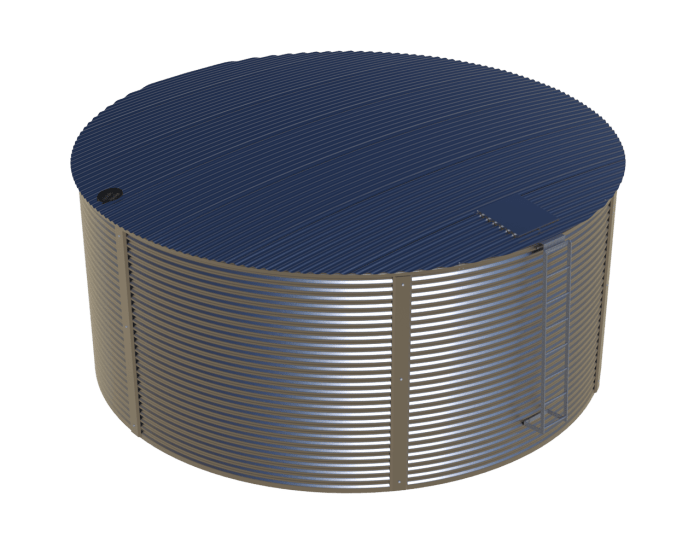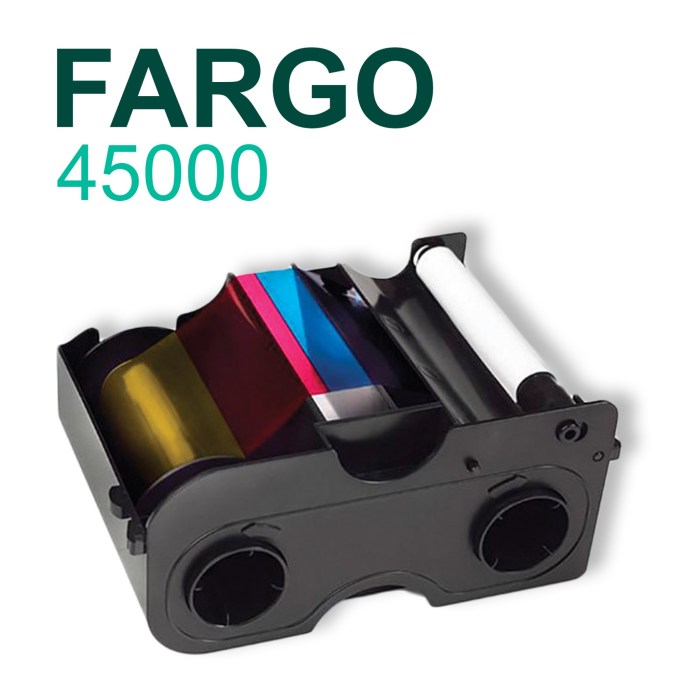Round 45 621 to the nearest ten thousand – Rounding 45,621 to the nearest ten thousand presents an intriguing mathematical concept with practical applications. Understanding the principles and techniques involved in this rounding process is essential for accurate calculations and effective data interpretation.
This comprehensive guide will delve into the intricacies of rounding numbers, specifically focusing on the rule for rounding to the nearest ten thousand. Through clear explanations, illustrative examples, and real-world applications, we aim to provide a thorough understanding of this fundamental mathematical operation.
Rounding Numbers

Rounding numbers is a mathematical process of approximating a number to a specified level of precision. It involves replacing the original number with a nearby value that is easier to work with or more appropriate for the context.
There are different methods of rounding, each with its own set of rules. The most common methods include rounding to the nearest ten, hundred, thousand, or ten thousand.
Rounding to the Nearest Ten Thousand
To round a number to the nearest ten thousand, follow this rule:
- If the last four digits of the number are less than 5,000, round down to the nearest ten thousand.
- If the last four digits of the number are 5,000 or more, round up to the nearest ten thousand.
| Original Number | Rounded Number |
|---|---|
| 43,215 | 40,000 |
| 56,789 | 60,000 |
| 75,456 | 80,000 |
Applying the Rule, Round 45 621 to the nearest ten thousand
To round the number 45,621 to the nearest ten thousand, follow these steps:
- Identify the last four digits of the number: 5,621.
- Since 5,621 is greater than 5,000, round up to the nearest ten thousand.
- Therefore, 45,621 rounded to the nearest ten thousand is 50,000.
Understanding the Result
The rounded number, 50,000, represents an approximation of the original number, 45,621. It is a more manageable number that is easier to work with and compare to other numbers in the ten thousand range.
It is important to note that rounding introduces a certain level of error, which should be considered when using rounded numbers in calculations or comparisons.
Real-World Applications
Rounding to the nearest ten thousand is useful in various real-world applications, such as:
- Estimating large populations or quantities (e.g., population of a city, sales figures)
- Simplifying financial calculations (e.g., rounding up or down to the nearest thousand dollars)
- Creating graphs and charts with a more manageable range of values
- Comparing data from different sources that may have varying levels of precision
By understanding the concept of rounding and the specific rule for rounding to the nearest ten thousand, you can effectively approximate numbers and work with them in a variety of contexts.
FAQ: Round 45 621 To The Nearest Ten Thousand
What is the rule for rounding to the nearest ten thousand?
To round a number to the nearest ten thousand, look at the digit in the thousands place. If it is 5 or greater, round up. If it is less than 5, round down.
Why is rounding to the nearest ten thousand useful?
Rounding to the nearest ten thousand can simplify calculations, make data more manageable, and improve readability. It is commonly used in financial analysis, population estimates, and scientific measurements.
What are the advantages of rounding to the nearest ten thousand?
Rounding to the nearest ten thousand can reduce computation time, minimize errors, and enhance data visualization. It also allows for easier comparisons and estimations.


